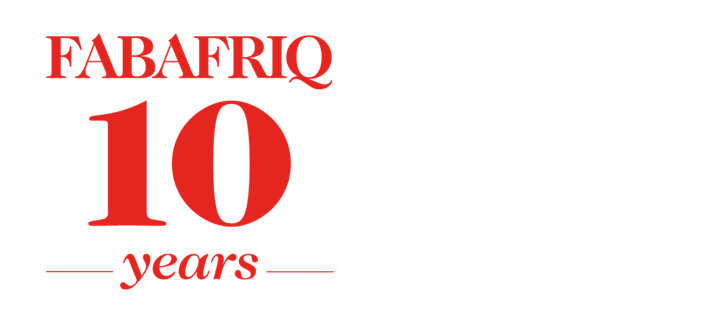Cameroon's Rich Legacies
The Great Afo-A-Kom
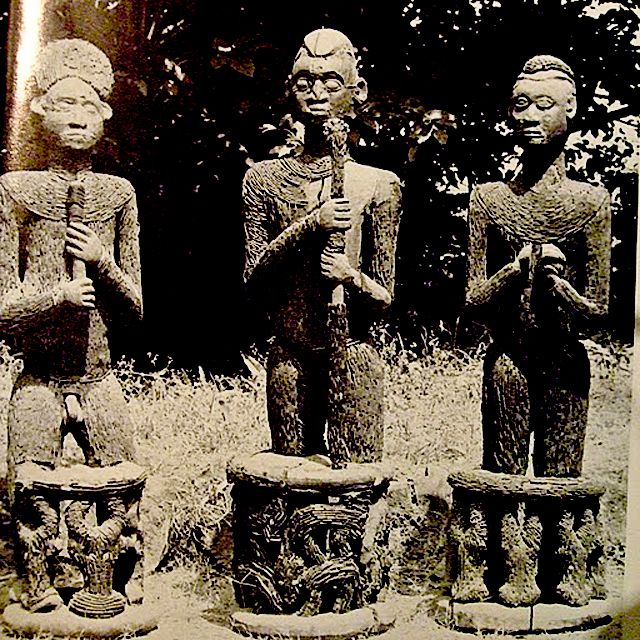
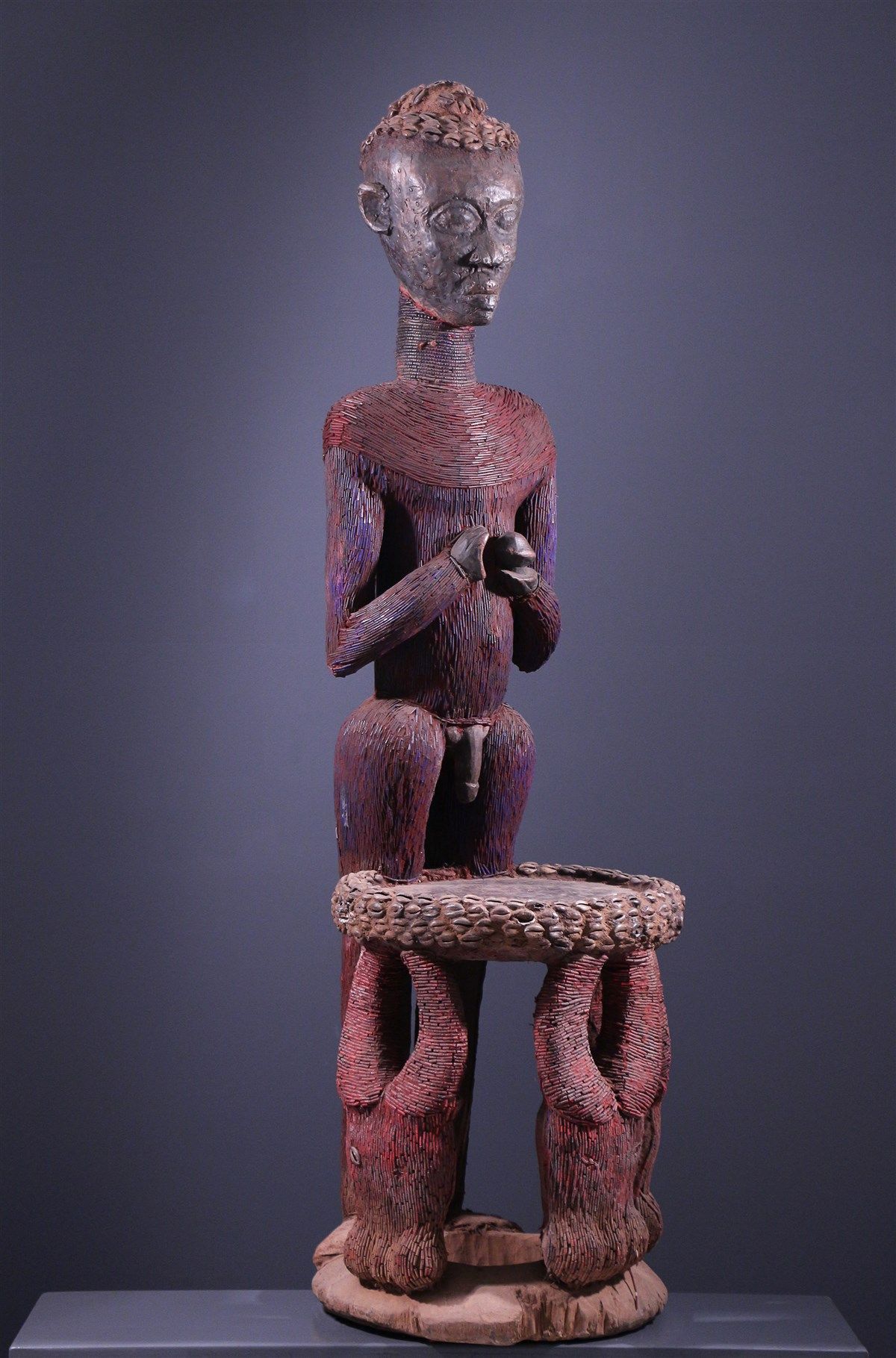
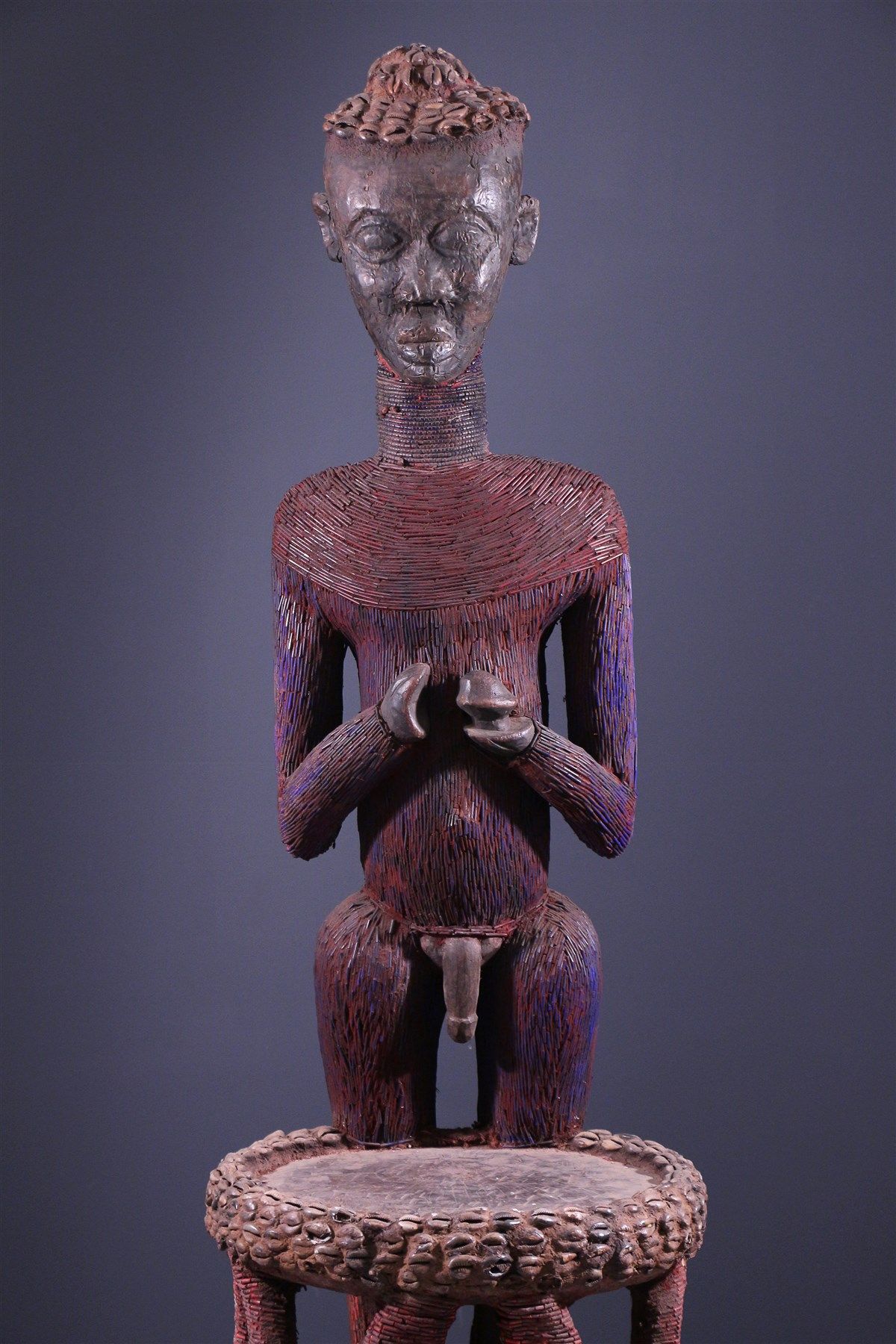
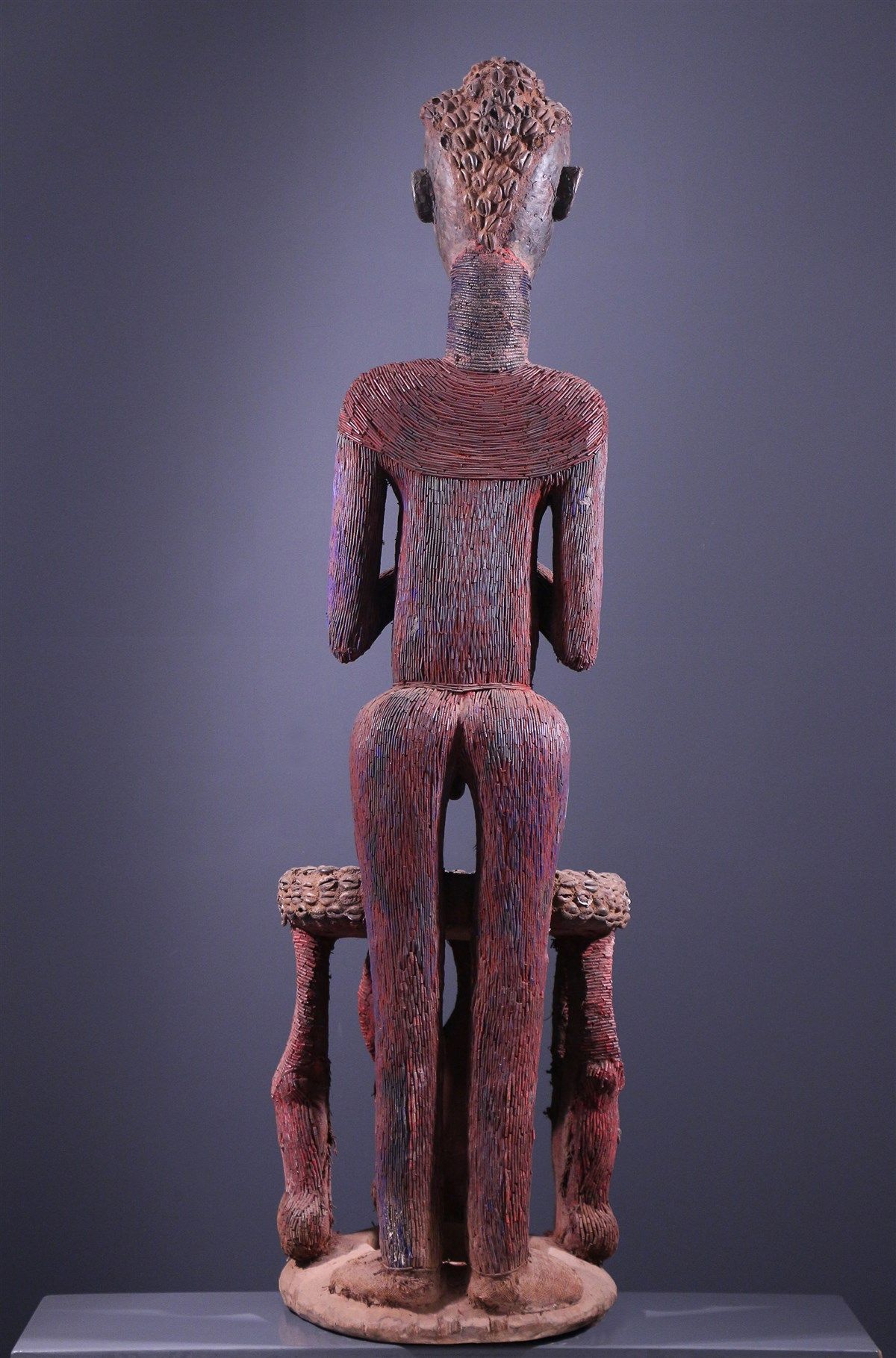
Culture in Cameroon incorporates more than just dress style, language, and food. A tribes artistic abilities vary from their beliefs and appreciation of beauty. Most of the arts created by the various artists are symbolic to the tribe's people.
Afo-A-Kom is the greatest symbol sculpted by the Kom people in the North West region of Cameroon. On a national scale, this is amongst the rare pieces that puts Cameroon on the lame light.
It is a wooden statue of a crowned man holding a scepter and behind a stool supported by three carved buffalo heads. The sculpture’s face is covered in copper and a great part of its body is covered in reddish and blue beads and its core is of oroko wood. Afo-A-Kom symbolises “royal authority and the promise of continued succession” in the Kom culture. It is also believed to possess mystical powers and so stays in the care of the Fon (traditional ruler).
In the mid 1900s, the sculpture has made waves by defying natures laws. In 1966, the sculpture was stolen and sold to an art dealer who took it to America and sold it to the New York art gallery for fifteen million CFCA. The Kom people believe while in the possesion of the Americans, it terrorissed them by destroying everything around it and was even thrown into the sea. But guess what?... The sculpture was found in its original position in the art gallery. crazy right!
It was recognised by art collector, Warren Robbins who raised funds alongside Kom elites in the USA and purchased it for thirty thousand dollars. Warren Robbins was welcomed by Fon Nsom Ngwe of Kom and formal President of Cameroon, Ahidjo when he returned Afo-A-Kom to Yaounde after seven years of it being in the USA. The then president Ahidjo suggested the sculpture be placed in a museum in Yaounde but the Fon rejected this and insisted that it should be taken to Kom as it is inseperable from the Kom people . The Afo-Akom was transported back to Kom after briefly being on display in Yaounde.
Despite the recent uprisings in Cameroon its location remains the LaiKom Palace in Kom North West Region and is display annually for the Kom people. With its great power and outstanding nature, the Afo-A-Kom is one of the most popular and recognised sculptures in Cameroon.
Twins: Blessing to the Mankon Fondom
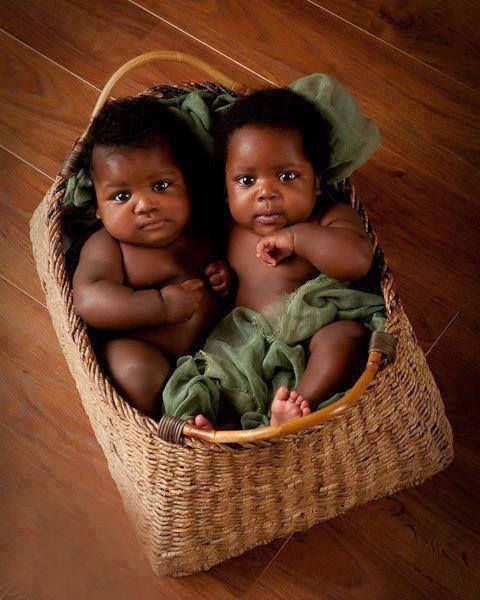

Mankon is a Fondom in the North West region of Cameroon which is popular for its rich culture. In the grassland of Cameroon, the birth of a child is welcomed with much joy and celebration. With twins, the joy and celebration is doubled as it is believed that twins are a great blessing from God. Just like most tribes in the grassland, Mankon is known for its honour and praise for twins.
In Mankon, after the birth of twins, the parents of the babies obtain the titles, Maa Ngyie (for the mother) and Taa Ngyie (for the father). Their status even changes as the woman is allowed to speak to the Fon without performing certain rituals like the Myie rituals.
This practice of honouring twins and their parents in Mankon has long been respected and is deeply embedded in the culture of the Mankon people.
Bamum Scripts of Western Cameroon

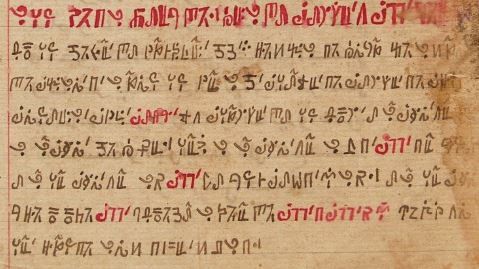
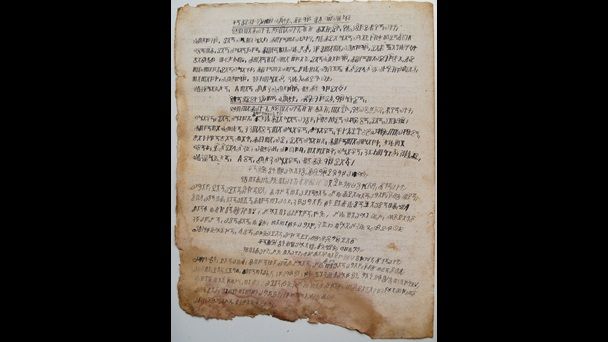
Before colonisation, Africa was not “voiceless” as African Kingdoms already had native languages used by their people. Just like other African countries, in Cameroon, tribes are often identified from the language they speak.
The Bamum scripts were a series of six scripts containing the Bamum language which were created by King Njoya of Bamum in the 19th century. King Ibrahim Mbouombouo Njoya was the seventeenth king in a long dynasty of kings who ruled over the Bamum Kingdom in Western Cameroon. His reign was from 1876 until his death in 1933.
Upon creation, the scripts were pictographic nostalgic aids consisting of about 700 characters and were later revised in 1910 by King Njoya to include word symbols. The script kept evolving and was refined by the King again in 1918 with the use of copper sorts cast for printing.
After almost 40 years in use, the scripts were disused in 1931 when king Njoya was exiled to Yaounde, Capital of Cameroon.
Baka Pygmies of Cameroon
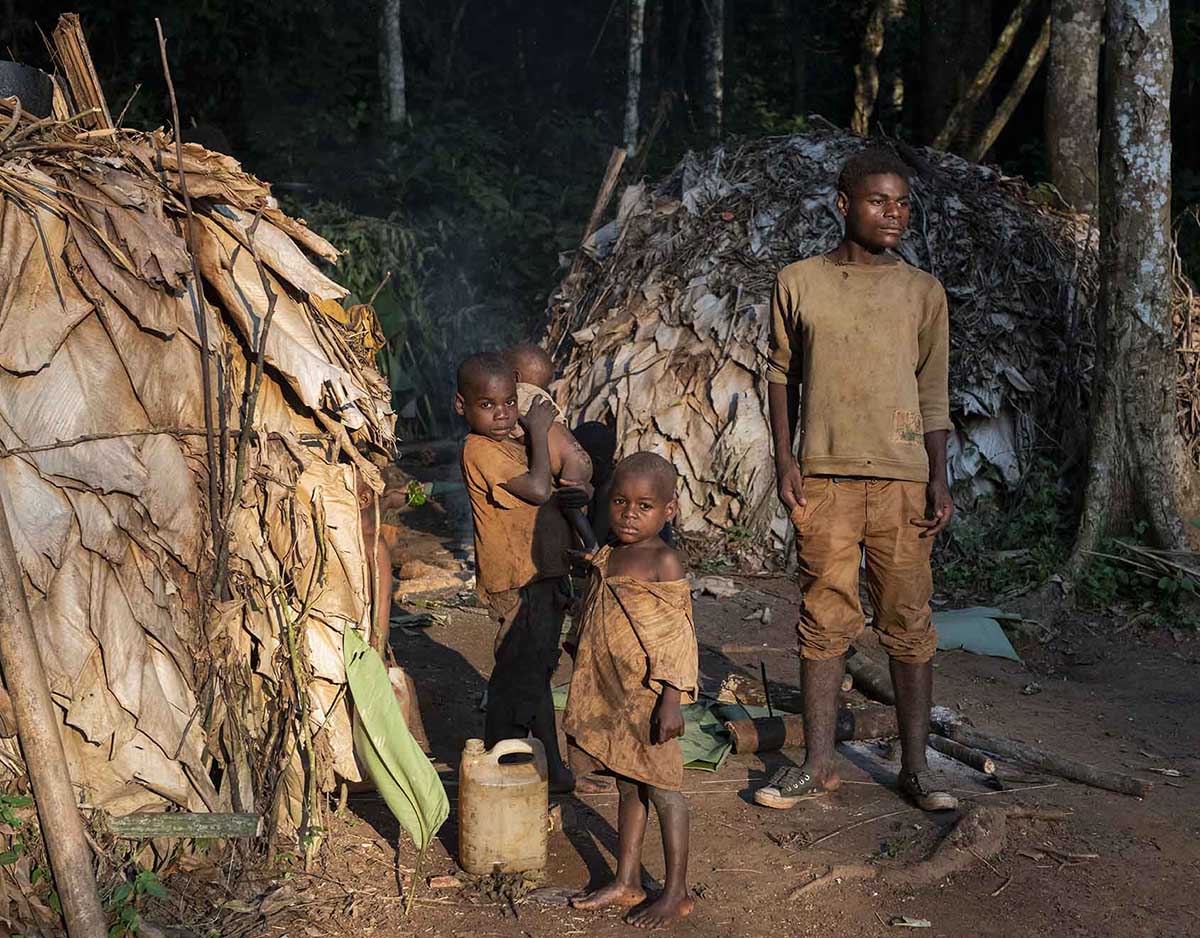
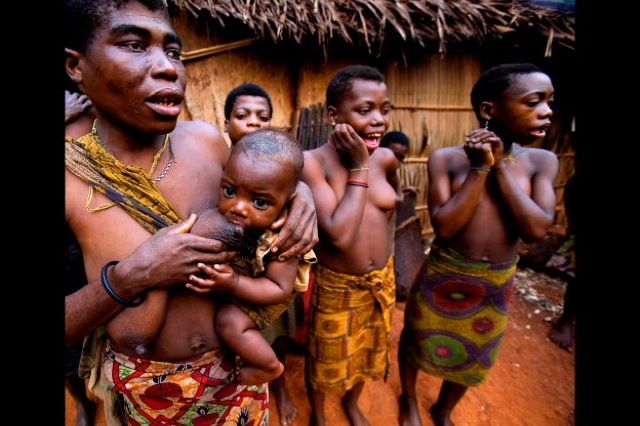
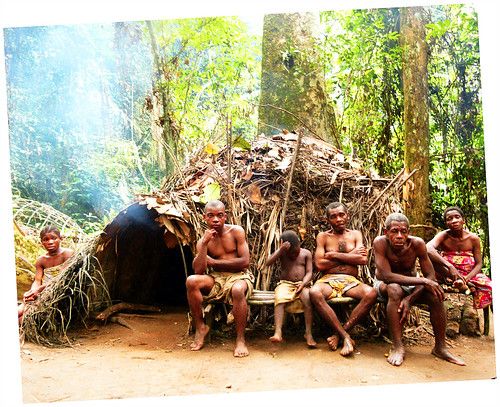
Pygmies are known as one of the oldest inhabitants of Africa. They are found in small groups in Cameroon Rwanda, Burundi, the Central African Republic, the Democratic Republic of Congo, Zambia, Gabon and Angola. Pygmies in Cameroon are divided into two groups which are the Baka and Bage pygmies. The Bage pygmies live with other ethic groups and live settled live while the Baka pygmies live in the forest in the East Region of Cameroon.
Baka pygmies live away from the public in the forest where they live a very simple life with everyone playing a particular role in their communities. Pygmies built huts were they live in and the women are involved in activities like cooking and taking care of the children and households while the men go out to hunting and gathering of food. They hardly practice agriculture since the relocate from their settlement often.
They have no form of money and practice trade by barter and speak a common language known as the “Mabi”. The Pygmies believe in an after live with their ancestors and store dead bodies in barks of trees and caves. They worship a deity called the “Komba”.
Presently, the simple and admirable live of the pygmies is being threatened by the invasion of their settlements in the forest by lumbering, mining and the turning of forest into national parks.
This article was modified from a Cameroonian Cultural blog managed by Narokeri Moki-Suh with her consent.

